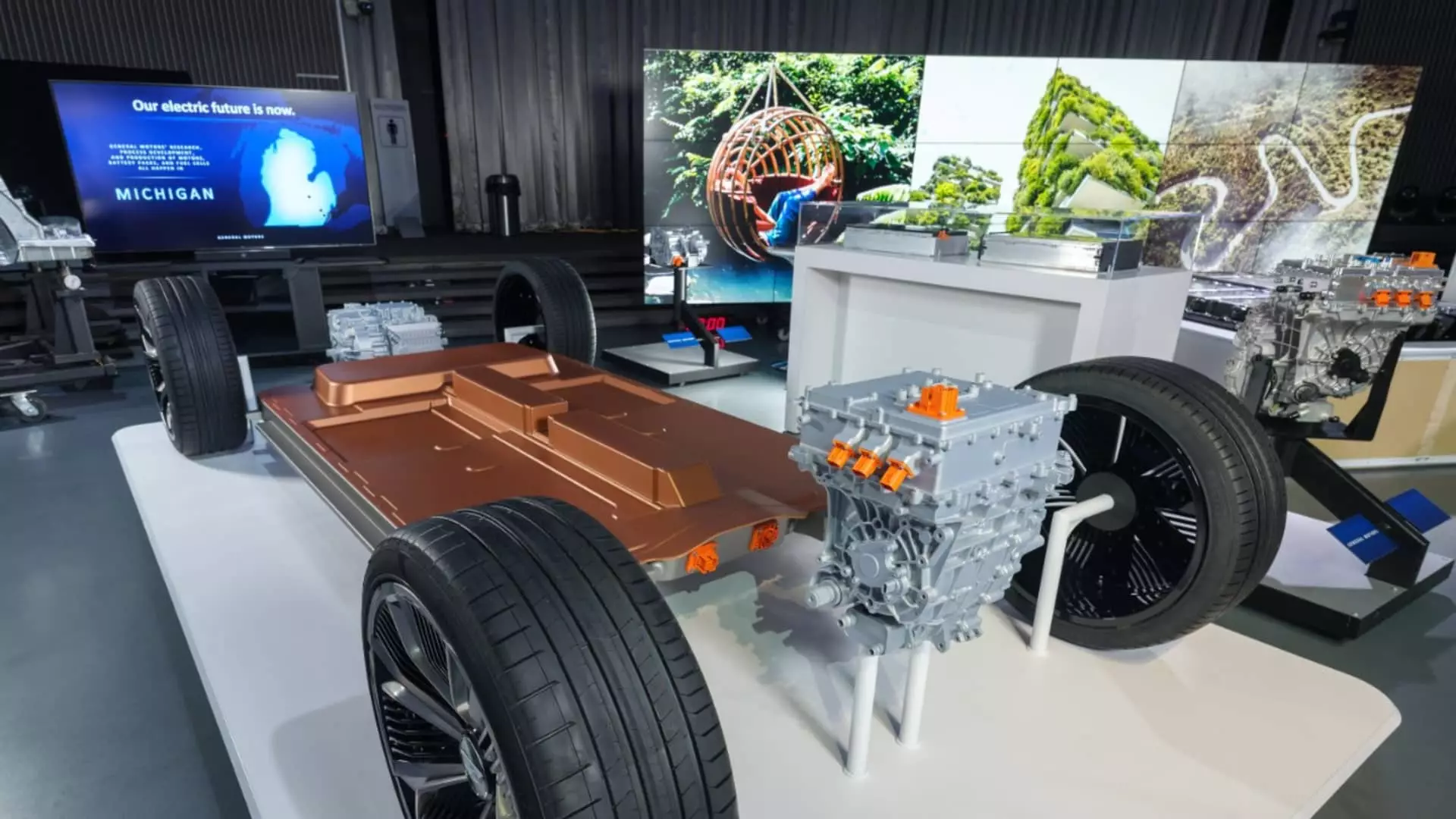In a significant shift in strategy, General Motors (GM) announced its decision to sell its stake in a $2.6 billion electric vehicle (EV) battery cell manufacturing plant in Michigan to its joint venture partner, LG Energy Solution. This move signifies GM’s efforts to recalibrate its production and investment strategies in light of evolving market dynamics, particularly in the electric vehicle sector.
The sale comes as GM expects to recover approximately $1 billion from its initial investment in the Lansing facility, which is nearing completion. Although the plant is poised to become the third battery cell facility operated by the joint venture known as Ultium Cells LLC, it highlights a crucial moment in GM’s financial strategy. The automaker indicated that this sale, expected to finalize in the first quarter of the following year, will not hinder its overall ownership in the joint venture or its future ventures involving other battery suppliers.
As GM navigates a landscape marked by fluctuating consumer demand and uncertainties over federal incentives related to EV production and sales, this divestment could provide the automaker with additional liquidity to invest elsewhere. The slowing demand for electric vehicles poses a unique challenge, compelling GM to review its previous aggressive expansion plans. The decision to divest from the Lansing facility, while holding onto its other investments in battery technology, suggests that GM is selectively consolidating resources to ensure greater effectiveness in a competitive industry landscape.
Operational Adjustments at the Lansing Facility
The 2.8 million-square-foot Lansing plant has a workforce of nearly 100 employees and was slated to commence operations by the end of this year. However, with the transfer of ownership to LG Energy Solution, the South Korean battery manufacturer will have immediate access to the site for equipment installation, which may accelerate the plant’s operational readiness. This partnership flaunts a strategic alliance that underscores the significance of collaboration in the rapidly evolving battery technology sector.
As the Lansing plant joins existing operational facilities in Ohio and Tennessee, the joint venture’s strategy will likely pivot towards maximizing output and efficiency at these sites. LG Energy Solution’s operational expertise combined with GM’s vision for electric vehicle production might result in innovative advancements in battery technology and manufacturing processes, furthering their competitive edge.
Beyond the divestment, GM’s announcement also included an extension of a 14-year partnership with LG Energy Solution focused on the development of prismatic cells. These new battery cell formats promise to enhance space efficiency, reduce vehicle weight, and optimize production costs—areas where automotive manufacturers are constantly seeking improvements. By diversifying its battery technology through this collaboration, GM aims to improve the performance and safety characteristics of its electric vehicles while managing production more efficiently.
The strategic emphasis on prismatic cells reveals GM’s commitment to long-term innovation within the battery technology sector. As the automotive industry increasingly prioritizes cost reduction and efficiency, advancements in battery design will play a pivotal role in determining market leadership in the electric vehicle sector. GM’s proactive approach in extending its partnership with LG Energy Solutions can be viewed as a calculated step to enhance its position against competitors as the demand for electric vehicles continues to grow.
GM’s decision to sell its stake in the Lansing battery plant reflects a nuanced understanding of the current challenges facing the electric vehicle market. The move to divest while maintaining a focus on collaboration with industry partners positions GM to better navigate the complexities of the EV landscape. As regulatory frameworks and consumer preferences evolve, GM’s strategic pivots, including their technological advancements, will be crucial in shaping the future of electric mobility. The path forward remains challenging, but GM’s actions indicate a proactive approach to securing its place in the burgeoning market for electric vehicles.


Leave a Reply